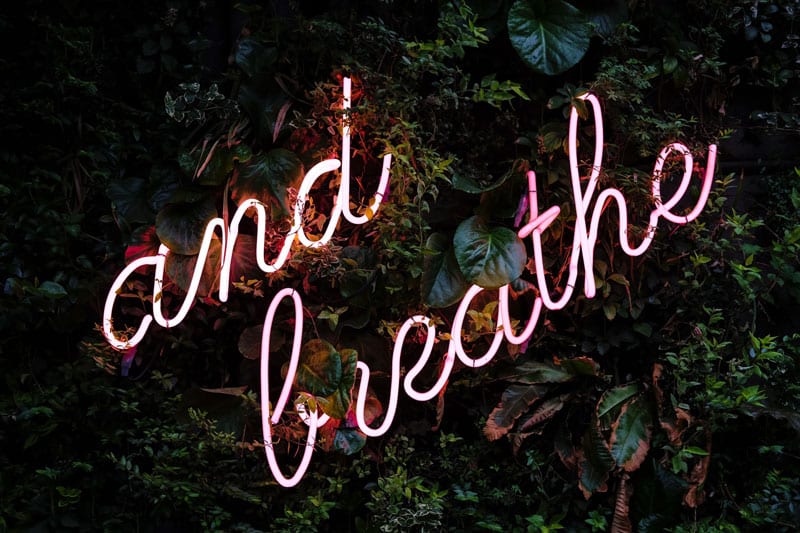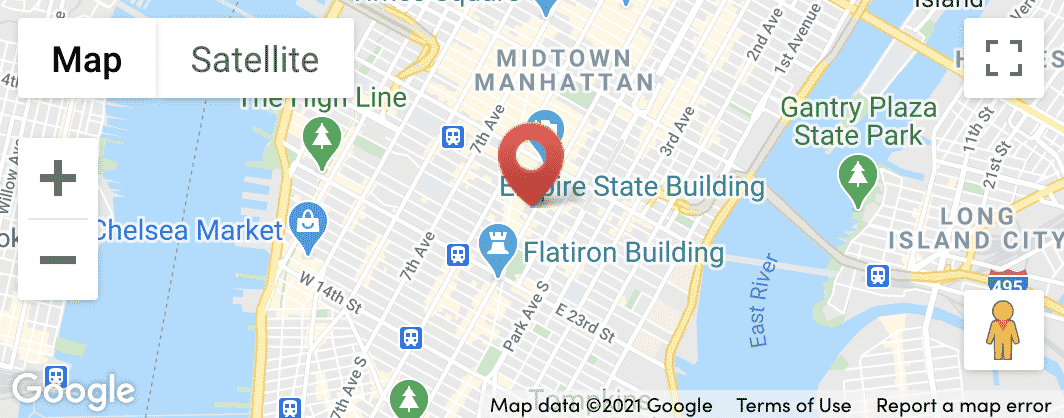What is generalized anxiety? First and foremost, it’s important to understand that it’s completely normal to experience occasional anxiety. From public speaking to test-taking, we all have different things that make us worry and anxious. Anxiety becomes an issue when it begins to interfere with your daily life in an excessive and irrational way.
Generalized Anxiety is a real disorder, just like any physical one, and it’s very common in the United States. Typically, those dealing with Generalized Anxiety Disorder (GAD) experience persistent, excessive, and what seems like uncontrollable anxiety. If you think you may suffer from Generalized Anxiety, ask yourself: “Is my anxiety interfering with daily activities?”
Anxiety is treatable, and there are exercises that can help you manage and reduce some of its symptoms. Here are a few tips to help you get started:
How to Cope With Symptoms of Generalized Anxiety
Tip 1. Breathing Exercises
Tip 2. Break the Cycle
Tip 3. Psychotherapy and Medication
Tip 1. Breathing Exercises
A great way to cope with all forms of anxiety is with mindfulness exercises. Mindful breathing in particular has shown positive results. And it’s just as straightforward as it sounds.
When you begin experiencing anxious feelings or thoughts, take a moment to find a calm place where you can sit. Close your eyes and take deep, long breaths, focusing only on the breath. Feel it rise and fall in your chest or abdomen, or pay attention to how the air feels as it passes through your nostrils or lips.
Whenever you feel your mind begin to wander or thoughts rush in, return to the breath. You can even do this when you’re not feeling anxious. It can be done at any time: after waking up, before going to bed, or even on the subway. Although this may seem simple, it can often be a challenging exercise because of the focus it requires, but with practice it can be a very rewarding experience. Many therapists use this technique and even have training in mindfulness-based therapy (which includes more than breathing).
Whenever you feel your mind begin to wander or thoughts rush in, return to the breath.

While psychotherapy alone can often reduce anxiety, the combination of psychotherapy and medication helps many of those suffering from anxiety.
Tip 2. Break the Cycle
Anxiety is often a result of a maladaptive pattern of behaviors or thoughts. People usually describe the feeling as a downward spiral—once they begin feeling anxious, there’s no turning back. But it’s possible to break this cycle. When anxiety hits, prevent it from getting worse by taking a walk and getting some air, doing a breathing exercise, working out, or doing anything that helps you destress.

It’s possible to break the cycle. When anxiety hits, prevent it from getting worse by taking a walk and getting some air, or doing anything that helps you destress.
Tip 3. Psychotherapy and Medication
The exercises mentioned above have shown to have a significant, positive impact on anxiety. And while psychotherapy alone can often reduce anxiety, the combination of psychotherapy and medication (usually prescribed by a psychiatrist) helps many of those suffering from anxiety.
Cognitive-behavioral therapy is one type of therapy that’s frequently used to treat anxiety, which is a relatively short-term therapy. If you feel that therapy is not enough, consider talking to your therapist about the possibility of medication. Psychotherapists often have referrals to local psychiatrists, which can take some of the burden off of the client to find a psychiatrist on their own.
Your Turn: Do you experience unpleasant symptoms related to generalized anxiety? What coping methods have you found success with? Share what’s worked for you in the comments below.
A version of this post originally appeared on our sister site, NYC Therapy + Wellness.





